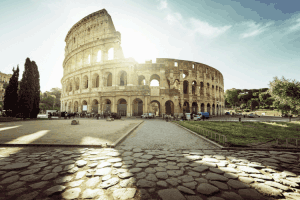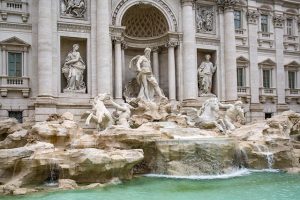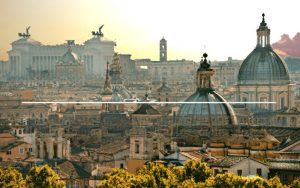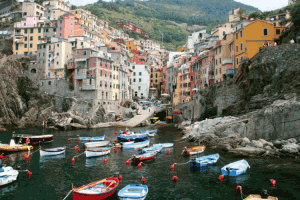With 53 UNESCO Heritage sites including some mind-blowing historical landmarks, Italy is one of the best places available for a history lover to visit. To help you with that, we thought of sharing the top 10 historical sites you can see in Italy.
Italy is ranked in the top 5 countries among people who love history. The skyline is dominated by historic architecture, galleries have greatest works of art, and eateries are smelling with fabulous food. The country is outlined by lakes, mountains and a dramatic coastline with some serious nature stunners around. But one cannot seriously miss the masterpieces from the past that are still preserved and continue to be beautiful. Thanks to the country’s long and varied history, the tourists can witness outstanding ancient treasures. These monuments will skip your heartbeat with their past stories and raise your eyes in amazement of designs.
From ruins at Rome to art at Venice, here are the best historical sites to explore in Italy:
1.Colosseum, Rome

A massive amphitheater with a jaw-dropping capacity of 50,000 spectators, and the largest ever construction by Romans, Colosseum is the most famous in the list. It is a sheer representation of power and an impressive display of engineering and architectural design. Built by the Jewish prisoners, previously, it was a stadium where the locals gathered and cheered for the gladiators who fought to the death. You can choose a guided Italy tour here who can help you learn the interesting facts about the place.
Address : Piazza del Colosseo, 1, 00184 Roma RM, Italy
Opening Hours : Daily 8:30am–1 hour before sunset
2.Grand Canal, Venice
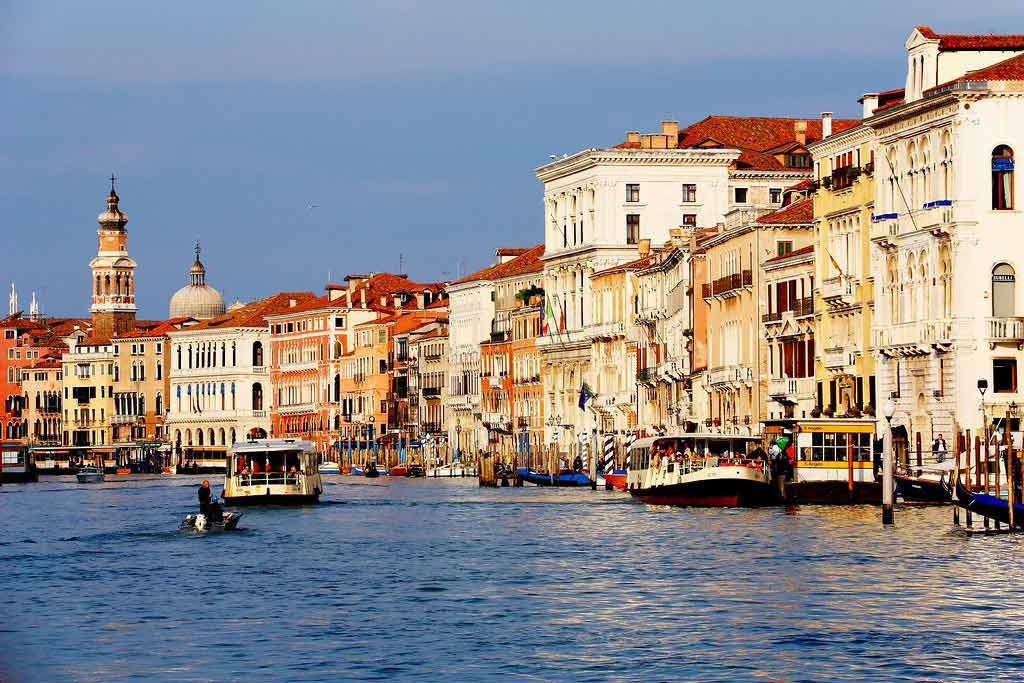
Venice is known for its calm and scenic canals. And the most important waterway of Venice is the 3800 meters that splits the city into two sides. It is a crowded junction with a romantic backdrop for your next escapade. As you slide along, the buildings passing by are from the 13th century and there are four bridges from different eras, overlooking the water. Its S-shape is credited to the natural river that flowed into the Venetian lagoon. If you want to see something special, you should visit on the first Sunday in September. This is where you can witness a rowing competition.
Opening Hours : Always open
3.Leaning Tower, Pisa
One of the remarkable architectures in medieval Europe is the leaning tower of Pisa. Well, it doesn’t lean as much as it did previously. It stands at 60 meters and in 1990 it was magically leaning at 10 degrees- can you believe it? That’s not it- it did not lean overnight, but during its construction of the second story the structure began to bend which became impossible to correct thereafter and this is how it gets its fame today. It is made of white marble, has 8-storey and includes the chamber for the bells. Plus, you can walk up to its top.
Opening Hours : Daily 8am–8pm
4.Saint Mark’s Basilica, Venice
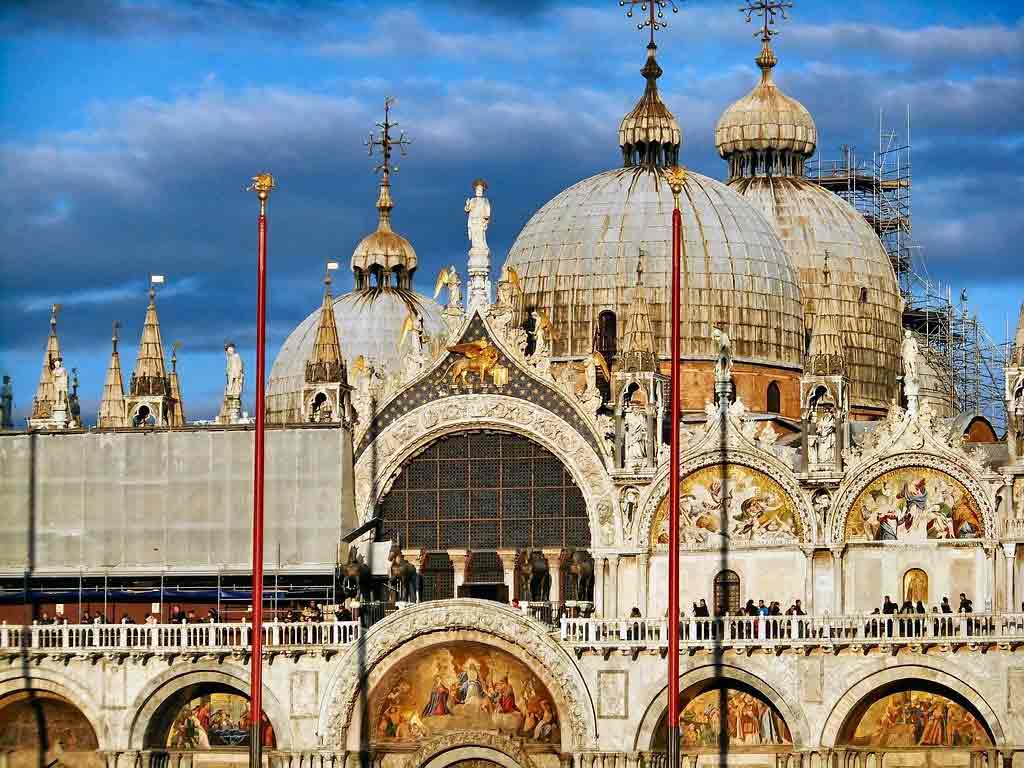
Topping the charts as the fascinating site of Venice that has grabbed maximum eyes is this 9th century’s church, Saint Mark’s Basilica. It is the cathedral church of the Roman Catholic Archdiocese of Venice, northern Italy, also referred as Church of gold. There are more than 85,000 square feet (or 8,000 square meters) of the mosaic that can cover 1.5 American football fields. This building stands picturesque and everything about it is magnanimous- 323-foot (98.6-meter) campanile from the 9th century and ornate exterior to its Greek cross deign interior.
Opening Hours : Mon-Sat 9:45am–5pm, Sun 2–5pm
5.Santa Maria del Fiore, Florence
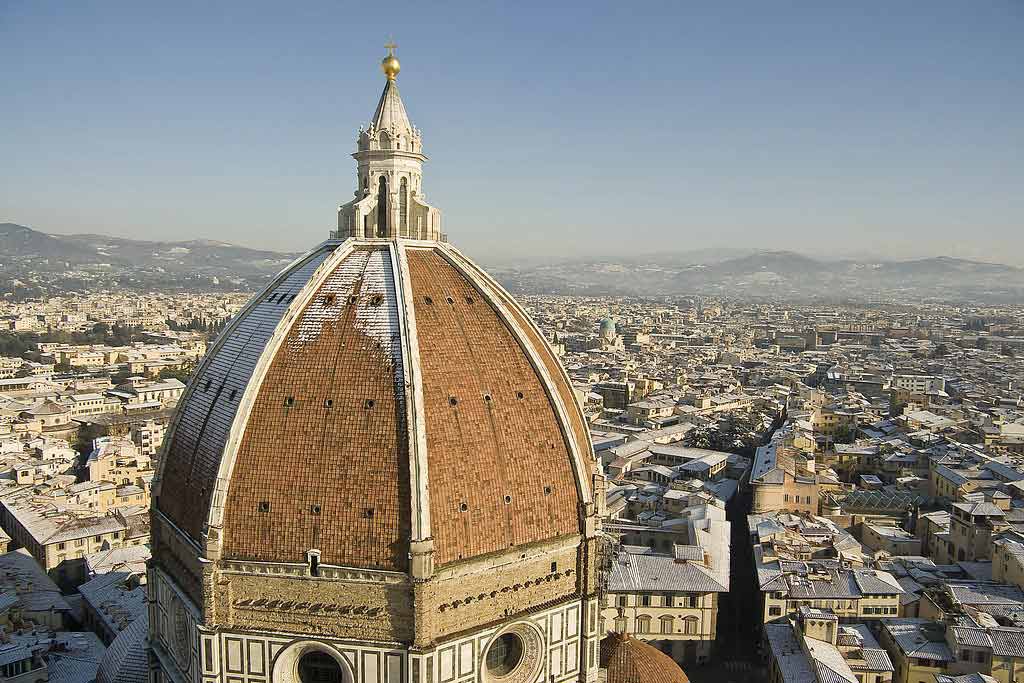
Began in 1296 in Gothic style and structurally completed by 1436, this is the most-visited cathedral of Florence and the third-largest church in the world. This gorgeous building with the dome is153 metres long, 90 metres high and wide, and proudly dominates the skyline of the city. Designed by Filippo Brunelleschi, it was the largest of its kind at the time of its existence. It is a dream like an experience to observe its colourful marble exteriors, unfinished face and sharp and artistic interiors.
Began in 1296 in Gothic style and structurally completed by 1436, this is the most-visited cathedral of Florence and the third-largest church in the world. This gorgeous building with a dome is 153 meters long, 90 meters high and wide, and proudly dominates the skyline of the city. Designed by Filippo Brunelleschi, it was the largest of its kind at the time of its existence. It is a dream like an experience to observe its colorful marble exteriors, unfinished face and sharp and artistic interiors.
Opening Hours : Mon-Wed and Fri 10am–5pm, Thu 10am–3:30pm, Sat 10am–4:45pm, Sun 1:30–4:45pm
6.Pompeii, Naples
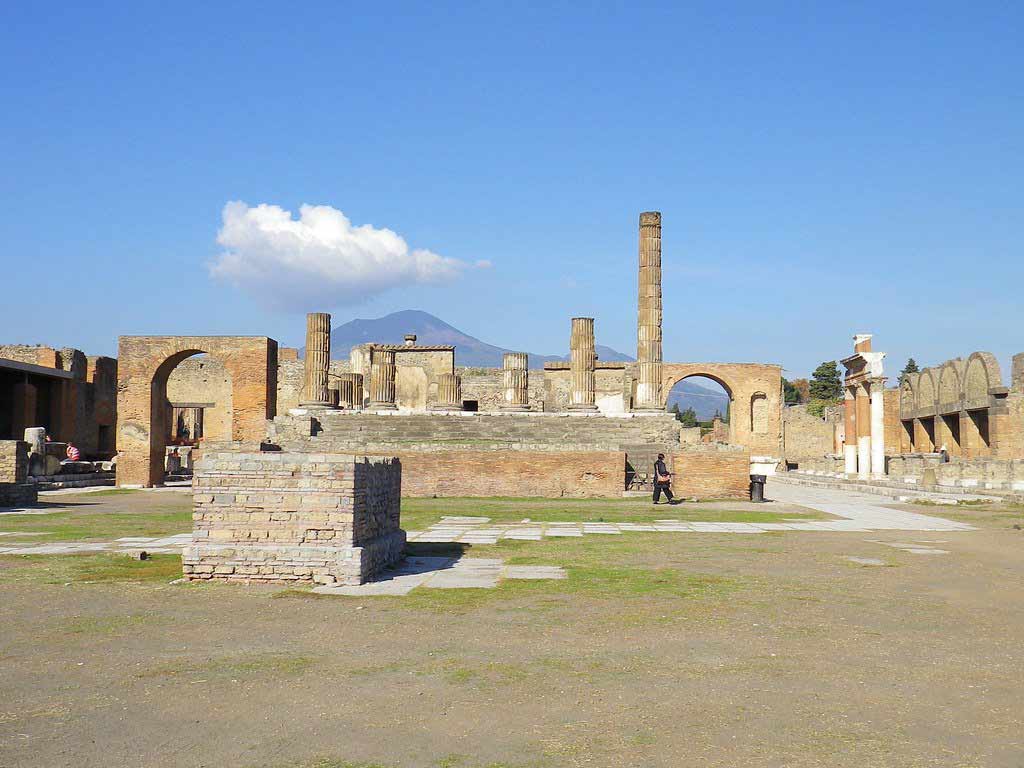
At 16 miles southeast of Naples, Pompeii is a famous archaeological site in the world. It stores an amazing collection of well-preserved ruins and is a repository of details of the ancient lifestyle. In creating the itinerary, people are often tussling between things to do in Pompeii and Herculaneum; the former is certainly famous and welcomes 2.5 million visitors every year. This was unexpectedly buried in the ashes when Vesuvius erupted while in present it remains a significant proof of Roman civilisation. It offers a look at Roman houses, temples, baths, gardens, and public areas. It is immensely expansive, and you must mark these highlights- The brothel, forum baths, and amphitheater.
Opening Hours : Daily 9am-7:30pm (last entry 6pm)
7.The Last Supper, Milan

This is not your site or a place to visit but an iconic painting hung up. In 1495, the great Leonardo Da Vinci started to draw something that would later become one of history’s dynamic art. It is a creative mural that embellishes the wall of its convent refectory, where it represents the last dinner of Jesus with his disciples before he was betrayed by one of them. He gathered the disciples, washed their feet, told them how to eat and drink and even informed them that he knew what was coming. The artist has directly drawn on the dry plaster wall which couldn’t face the test of time and after several restorations, you only find a little of the original left.
Opening Hours : Tue-Sun 8:15am–6:45pm
8.Cinque Terre, Province of La Spezia
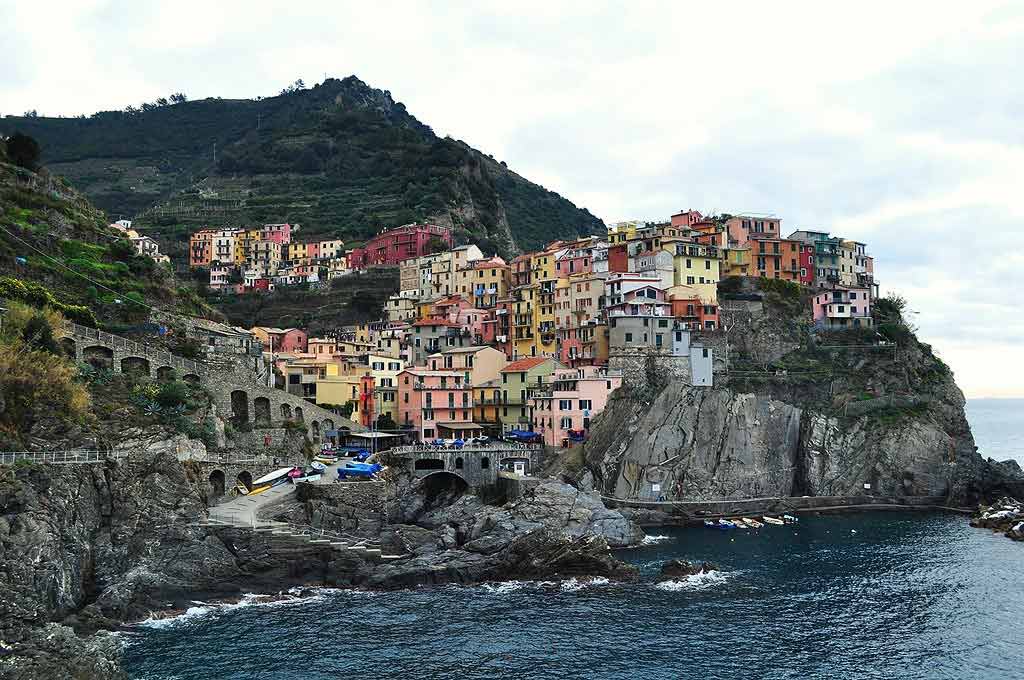
The Italian Riviera is not your usual coastline but what makes it spectacular is the 6 towns of colorful houses, vineyards, steep terraces, fishing boats and seafood. An array of centuries-old seaside villages isn’t ancient anymore, but the feel of remote lives and authentic ambience can still be experienced. There are fewer roads, perfectly maintained architecture, mountain trails and a network of lakes. Spending just a day here would not be enough. It is a destination with so much to do- either you are hiking on a tough cliff or just listening to bird songs with a glass of wine in hand.
Opening Hours : Always open
9.Piazza del Campo, Siena
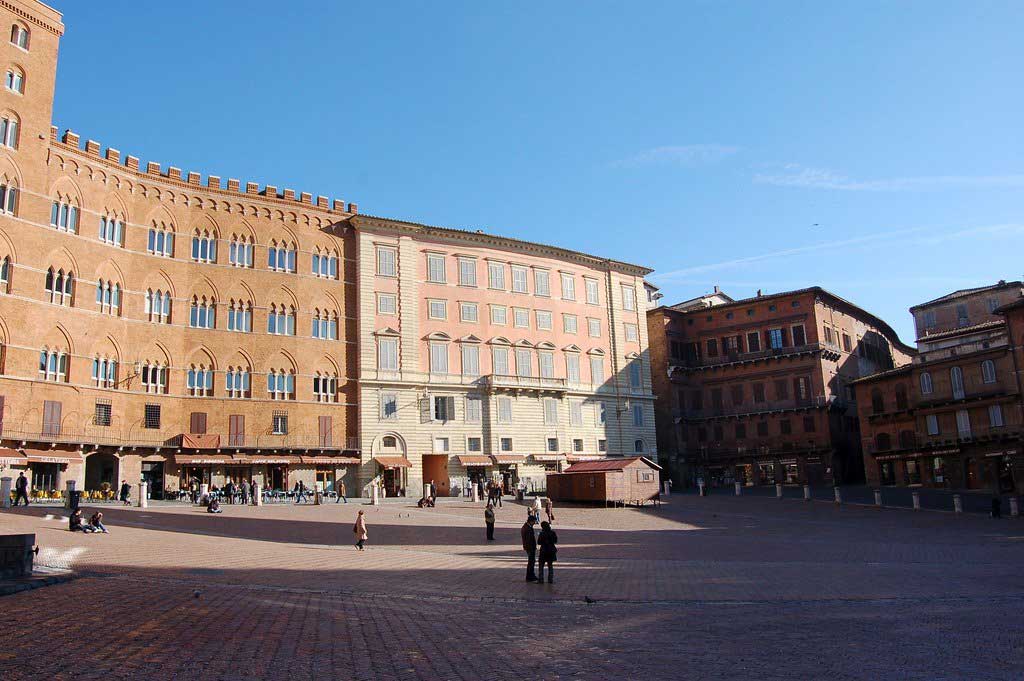
Tagged as the heart and soul of the city, it is one of the prestigious historical sites in Italy. The main square, called ‘Il Campo’ was brought into the establishment on the intersection of the three main roads that lead to and from Siena. It was meant to be a commonplace where political and civic celebrations could take place. You can explore precious buildings like The Palazzo Pubblico and its famous tower, and the residential aristocratic “palazzi”. The complex has open space with no furniture, as the visitors just sit around on the red bricks and observe this symbol of the city.
Opening Hours : Always open
10.The Pantheon, Rome
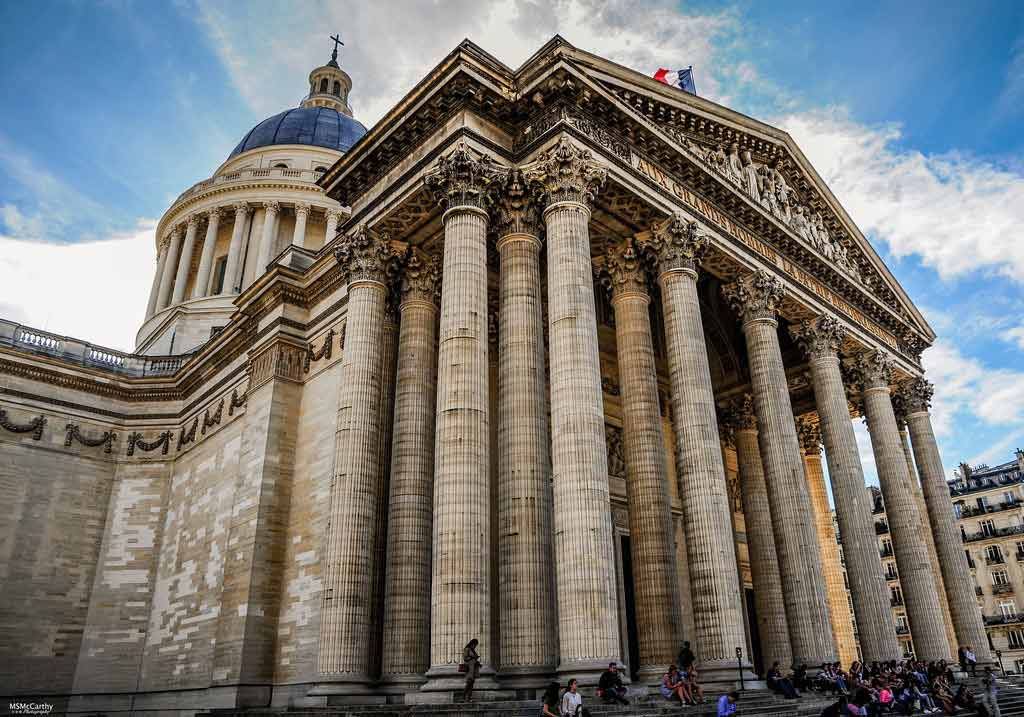
Conceived under the reign of Hadrian in around 126 AD, this is an exceptionally preserved Roman building. It sees around 6 million visitors annually. There are many amusing factors- the height is equal to the diameter, there is single beam of light coming from the top of the dome, it is the world’s largest reinforced concrete dome, and originally it was dedicated to all pagan Roman gods. And Italian Kings, the Renaissance painter Raphael, and other great Italians are buried in the Pantheon.
Opening Hours : Mon-Sat 8:30am–7:30pm, Sun 9am–6pm
Italy is a country with pomp and show and is also a historic benchmark. Book your tickets and find out these ancient marvels and more.
